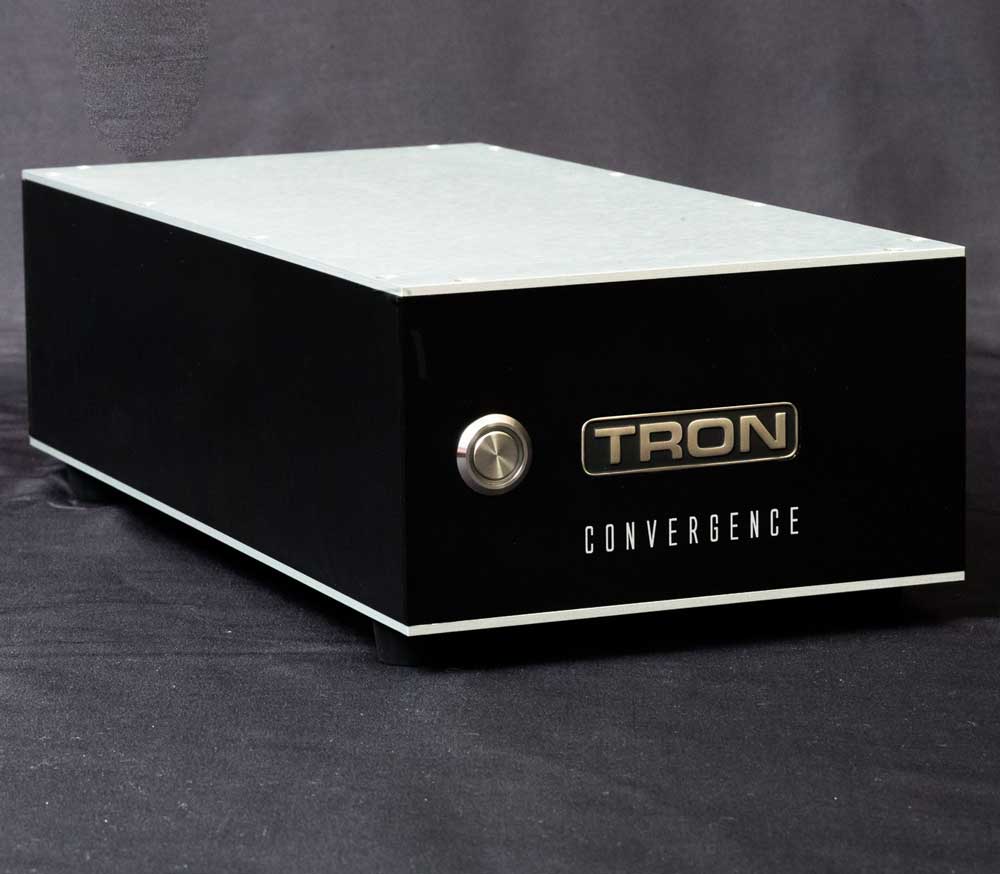Arkless Electronics
Trade: Amp design and repairs.
I have some high efficiency horns (105db) that I’ve been running with Class D amps with a good degree of success. On another thread the idea of low power Class A amps would be worth a try.
Jez from Arkless put the idea in my head, he’d built a couple of kits that he thought were superb (the name escapes me). A couple of prerequisites:
1. Must be monoblocks
2. Must be low(ish) power as they’re on 12-14 hours per day, and don’t want the heat or electricity bills of higher power Class A. 10-40w would be more than enough.
3. Needs to be quiet in operation as the speakers at 105db are very sensitive to noise.
4. No valves.
Has anyone built/had built any of the Pass kits, or any other experience with small Class A amps like First Watt or others etc? Budget £2-3k.
Oooo where to start.... I haven't "built any kits" as such... they were all one's from DIY'ers that they were having teething troubles with and ended up basically needing rebuilding... I'm self sufficient in amplifier designs!
I did build myself a JLH class A amp (since partially pillaged for parts for other things) from scratch (no kit!) but it was the later direct coupled version.
Quite a few (not all!) of the Pass/First Watt designs will be too noisy due to the input mosfet used in them.
With low power and if willing to pay for large enough heatsinks etc (monoblocks can help somewhat here) then they can be made to run pretty cool and can be left on as much as other amps. As always it's a very bad idea to leave gear on 24/7! (like the Cyrus monoblocks I'm working on at the moment which were killed by being left on 24/7).
Monoblocks no problem other than it will be a lot more expensive.
Hiraga le monstre actually gives around 7W or so but sounds amazing when done right. Although it looks like the worlds simplest power amp i do not regard them as suitable for DIY'ers as everything about them is critical and you really need a distortion analyser, scope, low distortion oscillator etc and the knowledge to tweak each one into spec.... the one elsewhere on pfm which I rebuilt was all made according to instructions and with correct parts by the original builder but actually gave about 1.5W and about 3% THD as it arrived with me!
One of the prices you pay for the ultimate in low parts count, most direct signal path etc in many of these low power class A designs is low PSRR (power supply rejection ratio), hence they are unusually sensitive to mains hum etc on the supply rails... Now being class A they draw a lot of current continuously and this causes mains hum on the power rails... Not a happy recipe.
QED if using super efficient speakers then you are very unlikely to get low enough mains hum unless you REALLY know what you are doing... and many of the available designs/kits are likely to need better power supplies than those that are supplied with/intended to be used with.... the Hiraga and "Eastone"'s FirstWatt M2 both came in for rebuilds due to just this! and they aren't using 105dB/W speakers.
I would be temped to use fully regulated supplies (as in Naim NAP250 as most well known amp to do this) to guarantee low enough noise.


